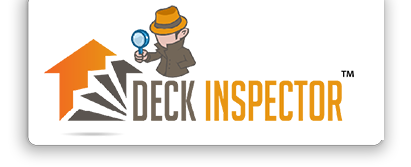Compliance with SB 326: A Step-by-Step Guide for Condo Associations
If you are a member of a condo association in California, you need to be aware of Senate Bill 326 (SB 326). This new law requires all condo associations to inspect their buildings’ exterior elevated elements and associated waterproofing systems to ensure they are safe and compliant with the latest safety codes.
Here is a step-by-step guide on how condo associations can comply with SB 326, including key deadlines, inspection requirements, and necessary actions to take to ensure the safety and well-being of all residents.
What is SB 326?
SB 326 is a California Senate Bill that requires all condominium associations to inspect and maintain their building’s exterior elevated elements, such as balconies, decks, and walkways, as well as their associated waterproofing systems.
The law aims to prevent tragic incidents such as the 2015 Berkeley balcony collapse, which resulted in six deaths and seven injuries. SB 326 requires regular inspections to ensure the safety and compliance of these structures and systems and imposes penalties for non-compliance.
The law took effect on January 1, 2020, and applies to all residential buildings that are three or more stories tall and have more than three units.
SB 326 Requirements
SB 326 requires all California condominium associations to comply with the following requirements:
Inspect exterior elevated elements
- The law requires associations to inspect their buildings’ balconies, decks, stairs, walkways, and other exterior elevated elements. Also any associated waterproofing systems, at least once every nine years.
Hire a licensed inspector for an SB 326
- The inspection must be conducted by a licensed and certified inspector. This inspector is trained in identifying safety hazards and code compliance issues.
Submit inspection reports to the local building department
- The association must submit a copy of the inspection to the local building department within 15 days of the inspection.
Make necessary repairs
- If the inspection report identifies any safety hazards or code violations, the association must make the necessary repairs. The repairs should bring the structures and systems into compliance with the latest safety codes.
Disclose inspection reports to buyers
- The association must disclose the most recent inspection report to potential buyers and provide a copy upon request.
Establish reserve funds
- The association must establish reserve funds for the repair and replacement of exterior elevated elements and associated waterproofing systems.
Non-compliance with these requirements may result in penalties and legal liability for the association and its members.
What methods are used for SB 326 Inspections?
SB 326 Visual Inspections
- This is the most basic form of inspection. It involves a visual examination where the inspector looks for visible signs of damage, deterioration, or wear and tear.
Endoscopic Testing
- This method involves using less invasive than destructive testing avoiding expensive, loud, and messy outcomes. Endoscopic cameras are used to inspect the interior condition of concealed wood.
Moisture Sensors
- This method involves checking wood for moisture intrusion. This will help inspectors to identify potential dry rot and to prevent it by implementing maintenance and repairs.
Infrared Scanning
- This method uses an infrared camera to detect moisture that may not be visible to the naked eye. Infrared scanning can help identify areas where water intrusion may be occurring.
The inspection method used will depend on various factors, including the type of exterior elevated element, its construction materials, and its age. A licensed and certified inspector will determine the most appropriate inspection method based on these factors and the specific requirements of SB 326.
Deck Inspectors for Southern California is happy to offer our services in Los Angeles, Orange County as well as San Diego and all Southern California surrounding areas like: Glendale, Pasadena, Burbank, Santa Monica, Anaheim, Temecula, Vista, Escondido, Carlsbad, and El Cajon



